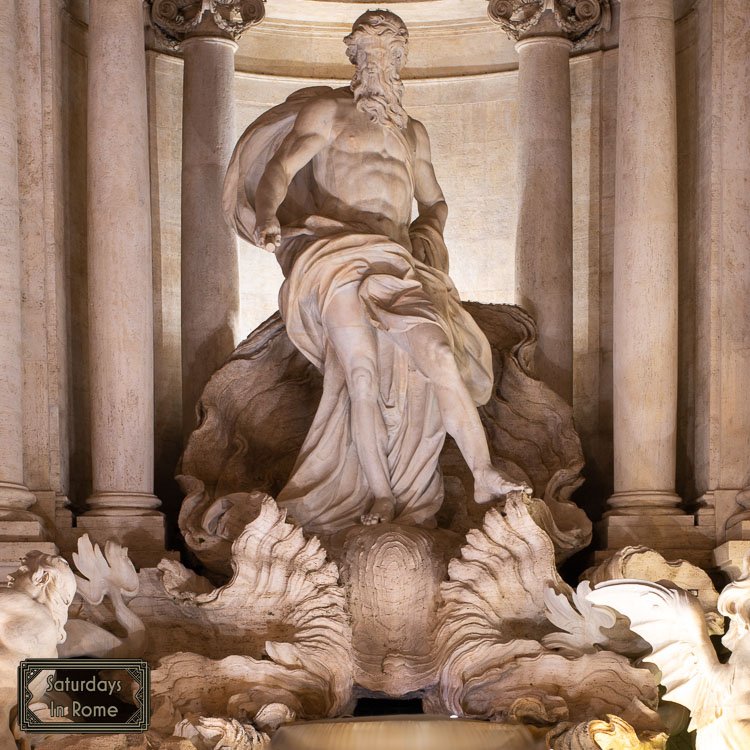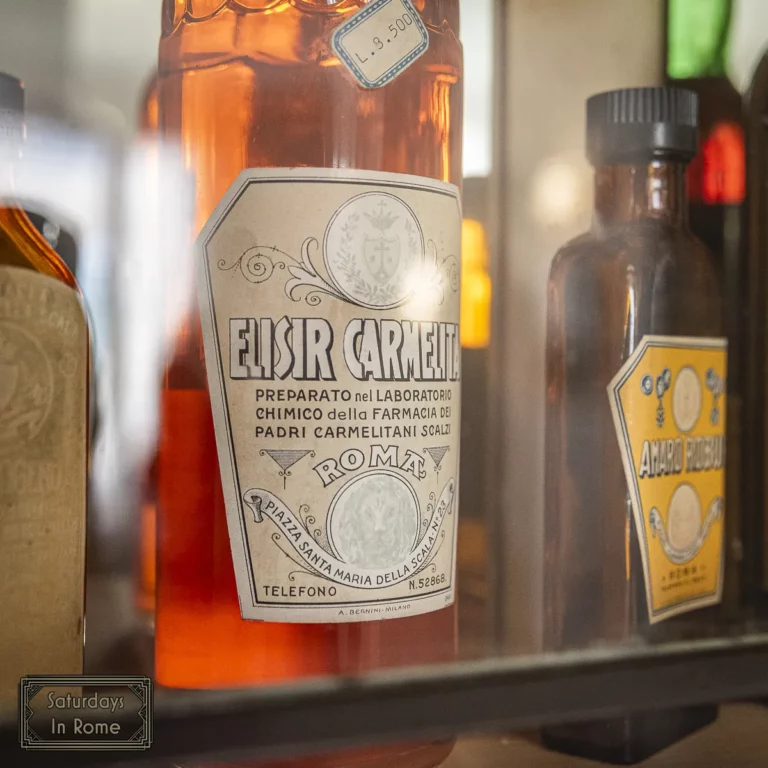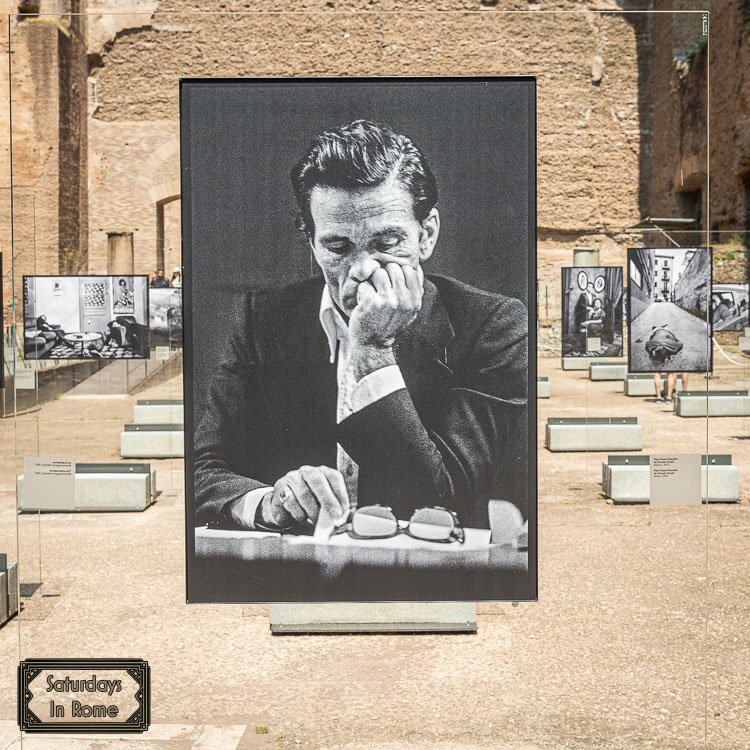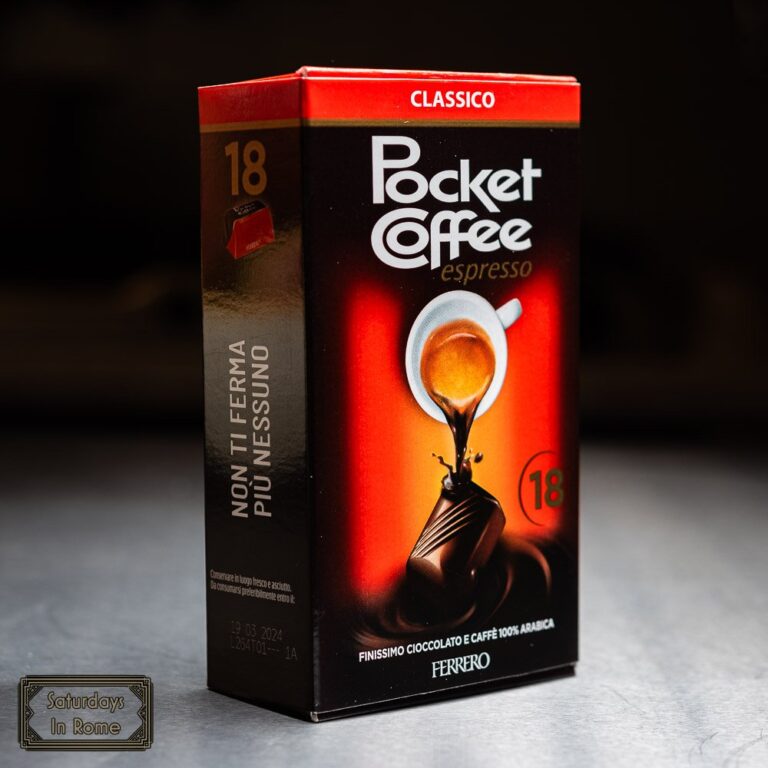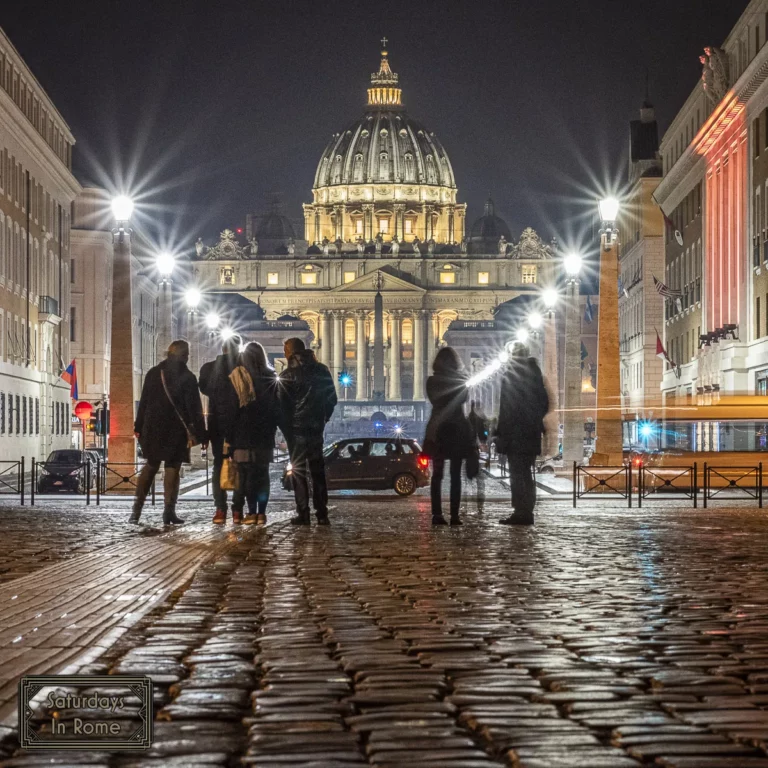Did The Colosseum Have A Roof? (And Other Secrets)
So, did the Colosseum have a roof? These fun facts and secrets of the Colosseum will help you understand the most iconic and recognizable landmark in Rome.
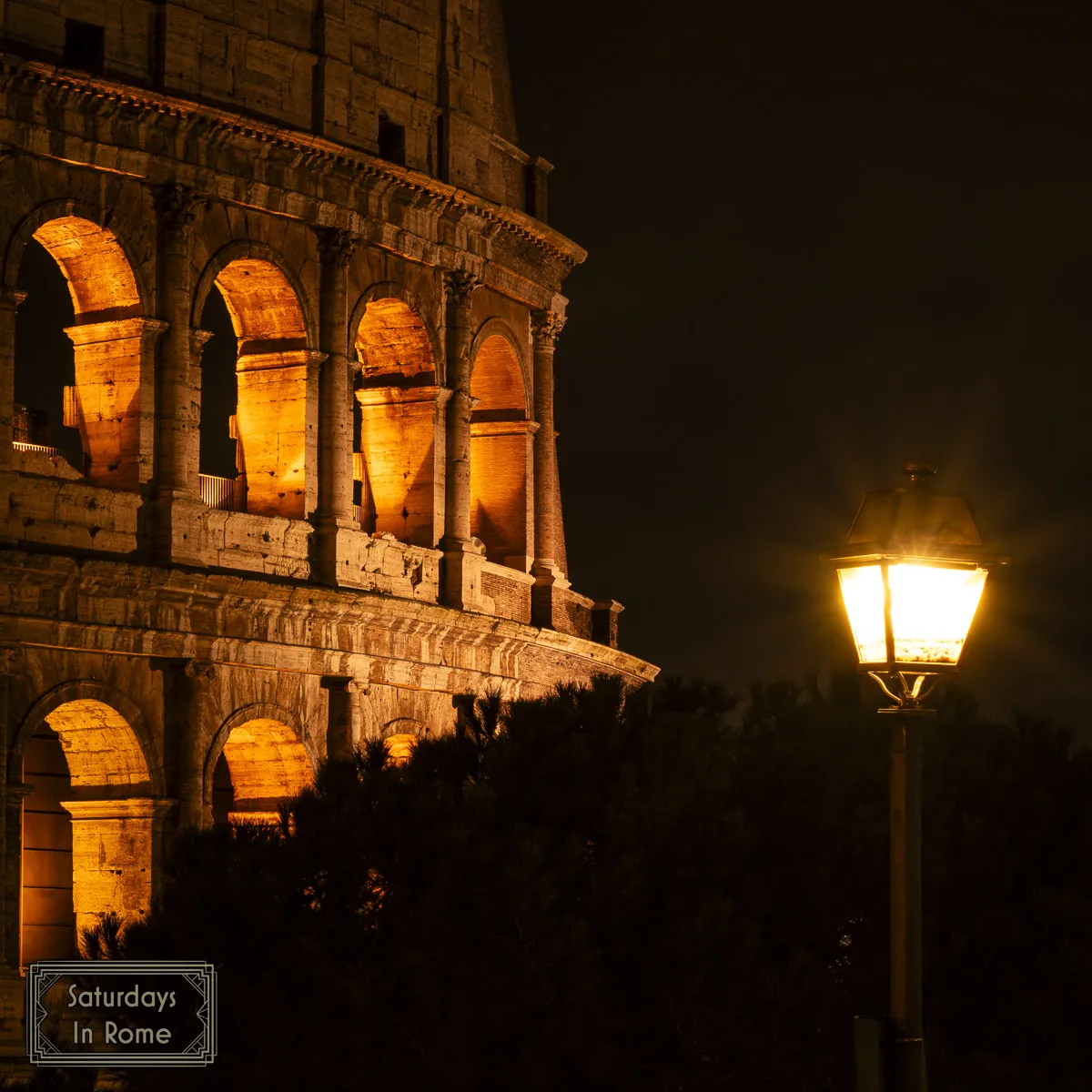
The Colosseum in Rome (il Colosseo) is an amazing structure with a long history that spans more than 2,000 years. The Colosseum was considered a gift to the Roman people by the Emperor and that is a gift that still keeps giving, but now to the world. It is one of the most important sites in Rome, Italy and it is well worth visiting. In this post, we will delve into some of the most intriguing secrets of the Colosseum.
Need Help Planning?
- Cheap Flights: Find The Most Affordable Flights.
- Accommodations: From 1 to 5 Stars And More.
- Car Rentals: Affordable Travel Across Italy.
- Sightseeing Tours: Explore Some Amazing Tours.
- Buying An eSIM: Stay Connected In Italy.
This post includes affiliate links.
The Secrets Of The Colosseum
Secret #1: The Original Name
The Colosseum, as it is commonly known today, is actually a nickname that was given to the amphitheater long after its construction. The original name of the Colosseum was the Flavian Amphitheater, named after the Flavian dynasty of emperors who built it.
Secrets Of The Colosseum Architecture
Secret #2: The Construction Of The Colosseum
The Colosseum was built in just eight years, from 72 AD to 80 AD, during the reign of Emperor Vespasian. It was constructed using over 100,000 cubic meters of stone and concrete, and could hold up to 50,000 spectators. To compare the size to football or more appropriately baseball stadiums of today, the Colosseum could hold around 50K spectators and that is approximately the same size as Yankee Stadium, which can hold up to 54K fans. It is an impressive size, but American football still wins, with the Cowboy’s AT&T Stadium holding up to 80k spectators.
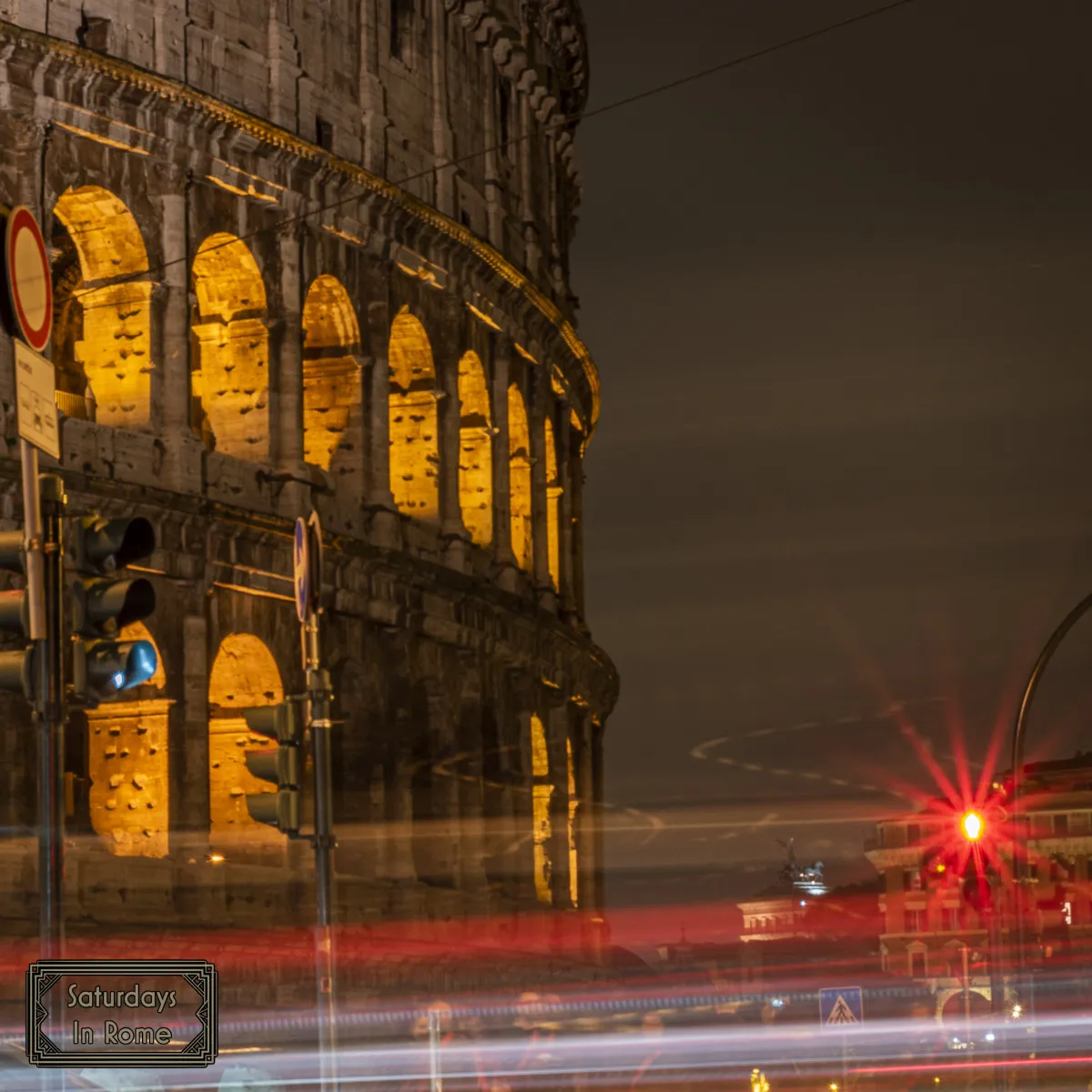
Secret #3: What Is Underneath The Colosseum?
One of the most fascinating secrets of the Colosseum is the network of underground tunnels beneath its floor. These tunnels were used to transport animals, gladiators, and scenery to and from the arena. They were also used to store equipment and provide access to the various rooms and chambers beneath the Colosseum.
You can not only see these tunnels from the stands, as the original floor no longer exists, but you can also take a tour specifically focused on the underground tunnels.
Secret #4: The Elevator System
The Colosseum had a sophisticated system of elevators that was used to lift animals and gladiators from the underground tunnels to the arena floor. The elevators were operated by a team of slaves who used a series of ropes and pulleys to lift the cages and platforms up to the surface.
The Colosseum also had a series of elevators that were used to lift animals up to the upper levels of the amphitheater, i.e. into the stands! These elevators were used to bring exotic animals, such as lions and tigers, up to the arena for the entertainment of the crowds.
Secret #5: Did The Colosseum Have A Roof?
You may be surprised to learn that the Colosseum had a retractable roof. The roof was made of a series of canvas sails that were attached to masts on the top of the amphitheater. The sails could be raised or lowered using a system of ropes and pulleys, providing shade for the spectators during hot summer days and protection from the rain during bad weather.
These canvas sails might be difficult to imagine when you see the Colosseum in person today, but recreations in movies and on TV include these sails for accuracy’s sake.
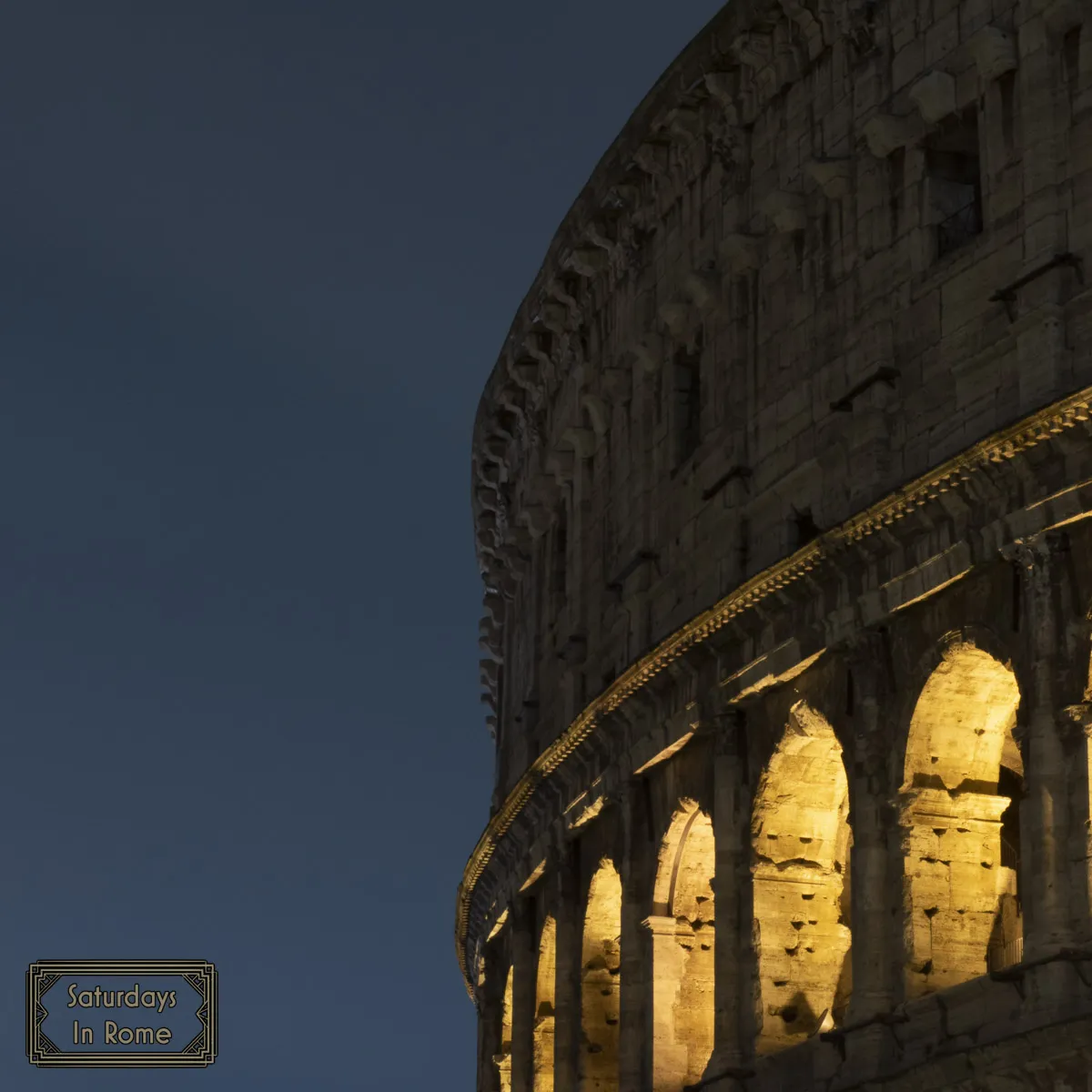
Secret #6: The Colors Of The Flavian Amphitheater
The Colosseum we see today is a pale shade of gray, but it was not always this color. In fact, the Colosseum was originally painted in bright colors, with red, blue, green, and gold accents. Over time, the paint faded and was eroded by the elements leaving the Colosseum in its current state.
Secret #7: The Use Of Carrara Marble
As mentioned above, the Colosseum was originally clad in marble, which gave it a grand and imposing appearance. However, over the centuries, much of the marble was stripped from the building and used in other constructions throughout Rome, often this was done at the direction of the Papacy. Today, only a few fragments of the original marble cladding remain.
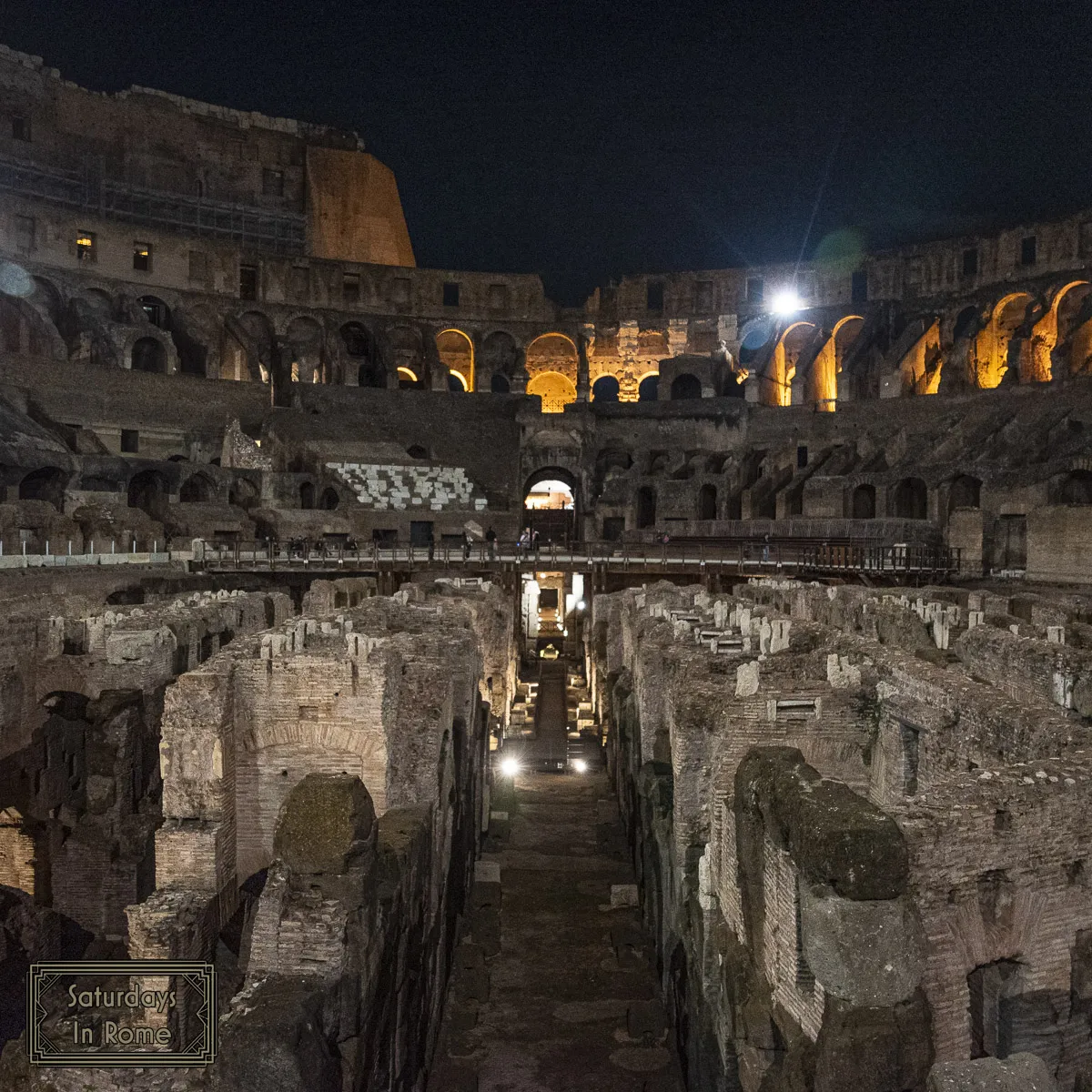
Other Random Secrets Of The Colosseum
Secret #8: The Gladiatorial School
The gladiators who fought in the Colosseum were not just untrained criminals or slaves forced into combat. Many of them were highly skilled fighters who had undergone years of rigorous training at gladiatorial schools. These schools were located throughout the Roman Empire and trained young men in the art of combat and survival.
These gladiator contests were a major part of the entertainment in the Colosseum with a gladiator training site right outside. The gladiators’ barracks at the Ludus Magnus just across Piazza del Colosseo were connected to the arena by underground tunnels. The Ludus Magnus had its own miniature training arena, which was also a popular attraction for Romans.
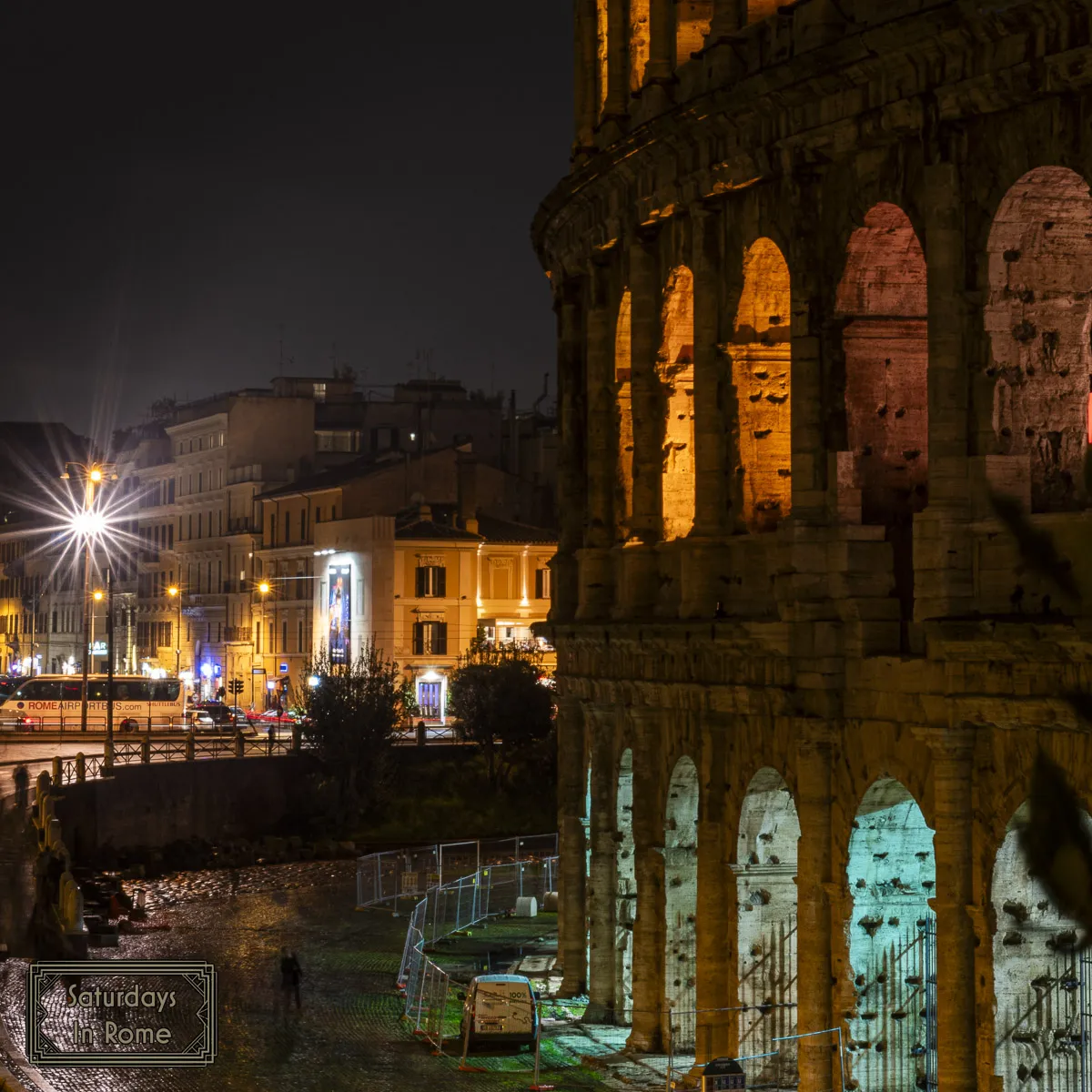
Secret #9: The Vomitorium Is Not What You Might Think
Contrary to popular belief, the vomitorium was not a room where Roman aristocrats went to vomit after a lavish meal. The truth is a lot less disgusting as the term actually refers to the entrances and exits of the amphitheater, which were designed to allow the spectators to exit the building quickly and efficiently. The word “vomitorium” is actually derived from the Latin word “vomere,” which means “to spew forth.”
Secret #10: Were Christian Killed In The Colosseum?
The Colosseum was not just a place of entertainment; it was also a site of great religious significance. It is believed and promoted that early Christian martyrs were executed in the Colosseum, and it is said that the blood of these martyrs seeped into the ground and imbued the arena with sacred significance.
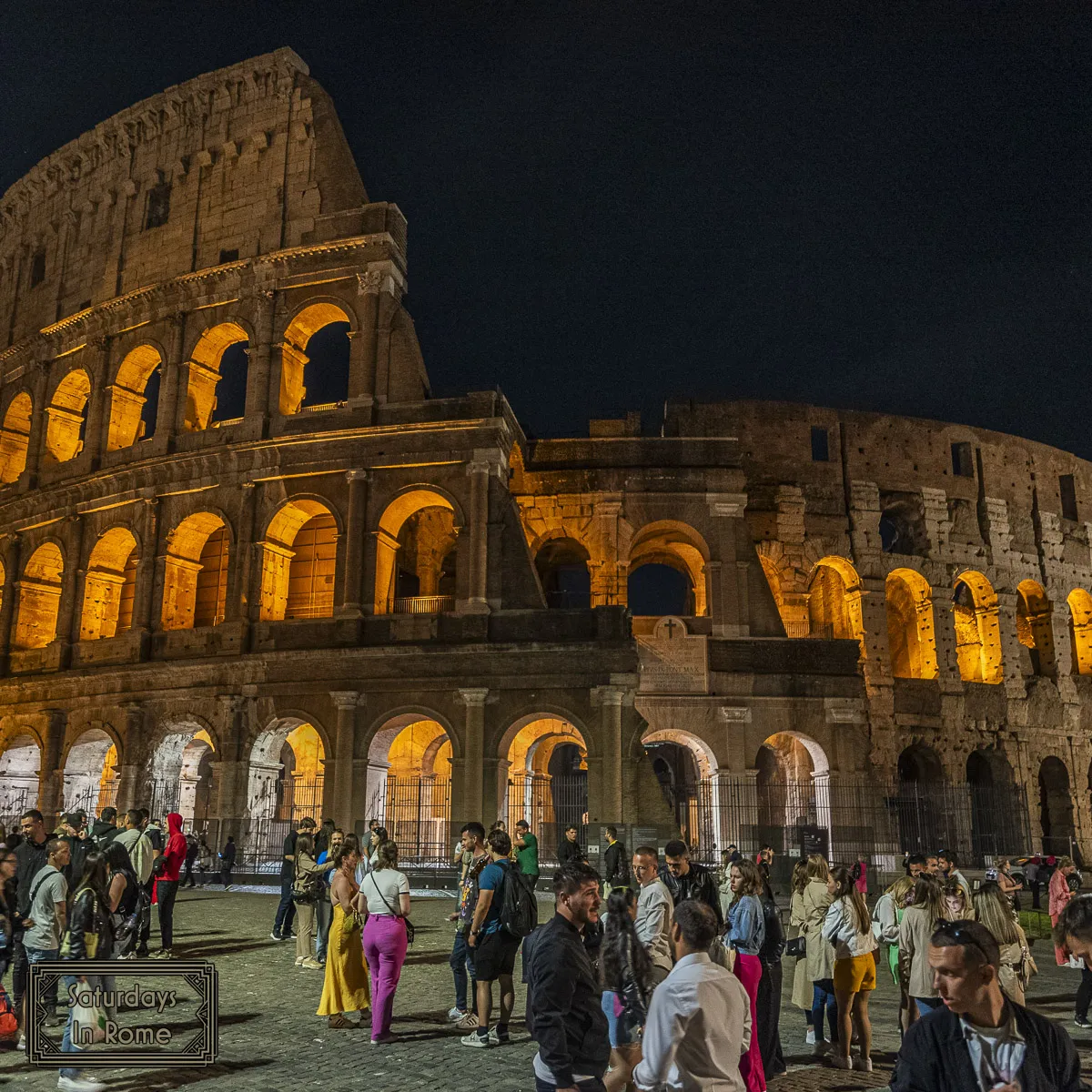
Today, this belief is constantly being challenged. During a tour of the Colosseum, I learned from our tour guide that contrary to popular belief Christians were never martyred in Il Colosseo. The guides tried to make this abundantly clear, which isn’t to say a lot of people didn’t die there. They did! There were particularly brutal games in which 10,000 animals were killed in a single day.
Secret #11: The Symbolism Of The Roman Colosseum
The Colosseum was not just a place of simple entertainment, it was also a symbol of Roman power, genius and the domination of the Roman Empire. The grandeur of the building was meant to impress visitors and reinforce the idea of Roman superiority. However, as the Roman Empire declined, the Colosseum became a symbol of decadence and excess, and it eventually fell into disrepair.
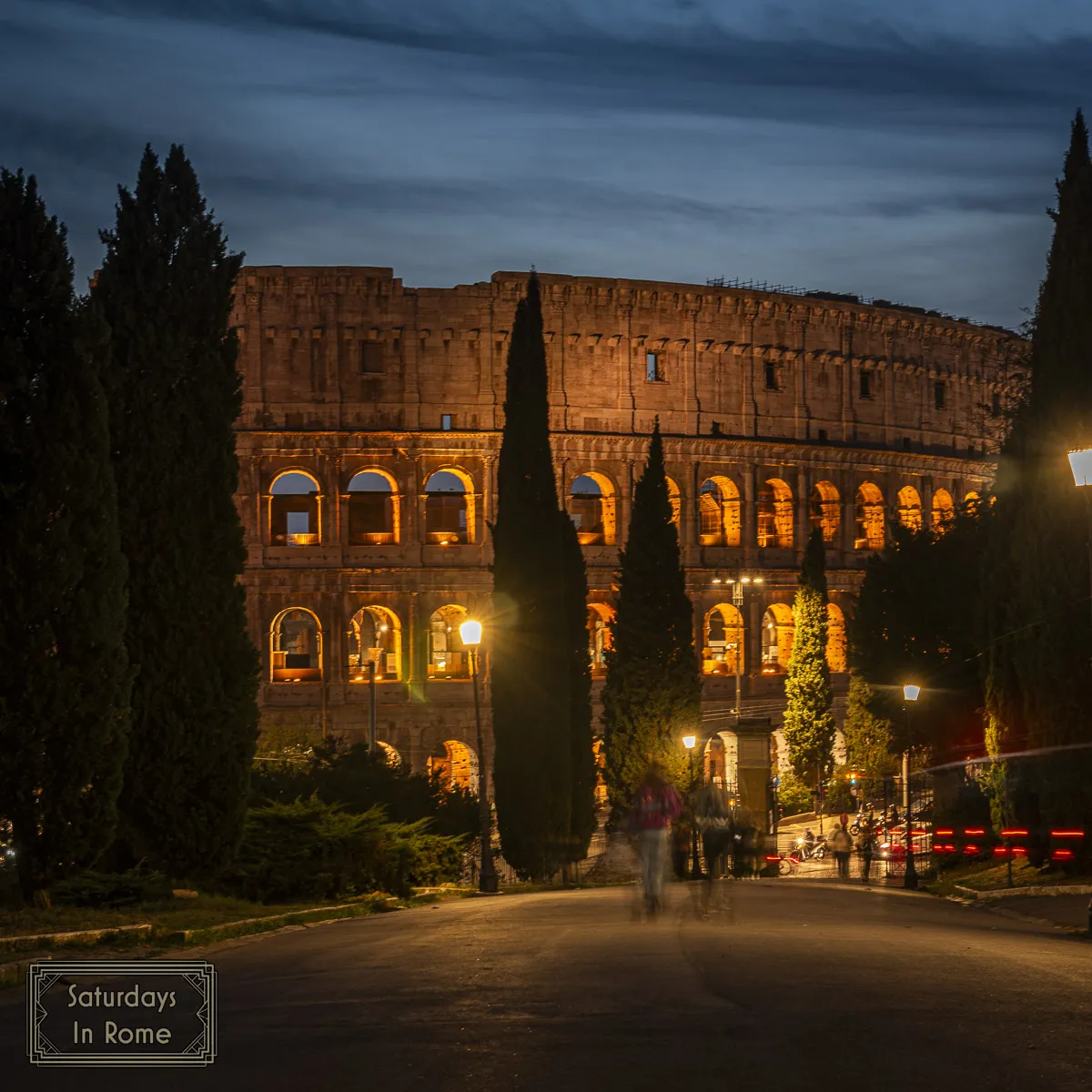
Secret #12: The Restoration Of The Colosseum
Over the years, the Colosseum has undergone many restorations and renovations to preserve its historical significance. In the early 2000s, a major restoration project was launched to repair the damage caused by pollution, weathering, and natural disasters. The restoration project was completed in 2016, and the Colosseum was opened to the public once again.
The Colosseum Is Worth Visiting
The Colosseum is not just a symbol of Roman power, it is also a testament to the human capacity for innovation, creativity, and ingenuity. The construction of the Colosseum was a remarkable feat of engineering, and it remains one of the most impressive buildings in the world.
Today, the Colosseum is a reminder of the rich cultural heritage of Rome, and it continues to inspire awe and wonder in visitors from all over the world. It is a fascinating and complex monument that holds many secrets and mysteries.
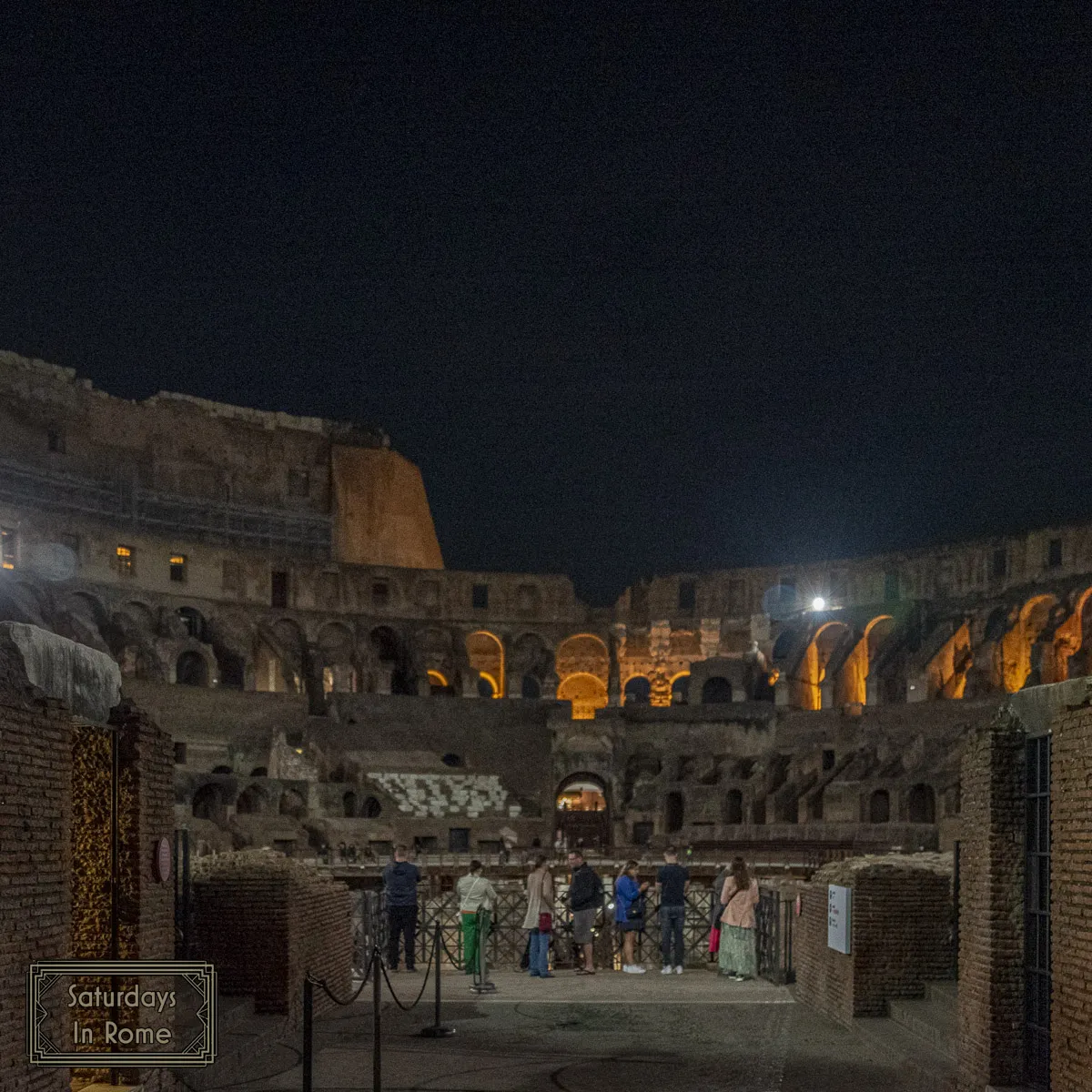
If you enjoyed this article on the secrets of the Colosseum, like: “Did the Colosseum have a roof?“, then here is more information on the other amazing sites in Rome and you should consider visiting these popular sites on your next visit to the Eternal City:
- The Best Ancient Roman Colosseum Complete Planning Guide.
- The Colosseum At Night Tour Is A Worthwhile Experience.
- Help With Buying Tickets For The Colosseum And More.
- The Best Colosseum Tours For Families Coming To Rome.
- The Colosseum Restoration Will Never End In Rome.
- Great Hotels Near The Roman Colosseum You Should Consider.

